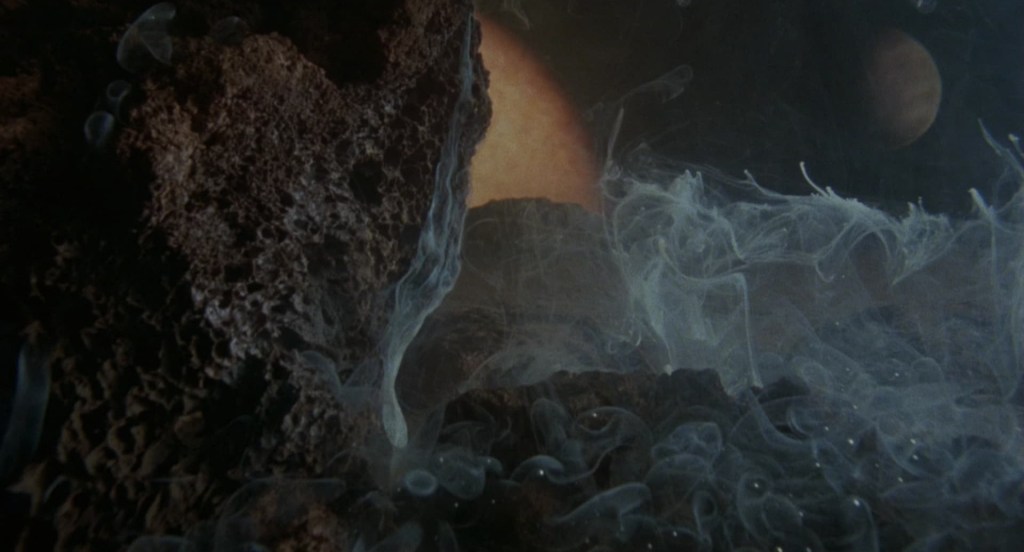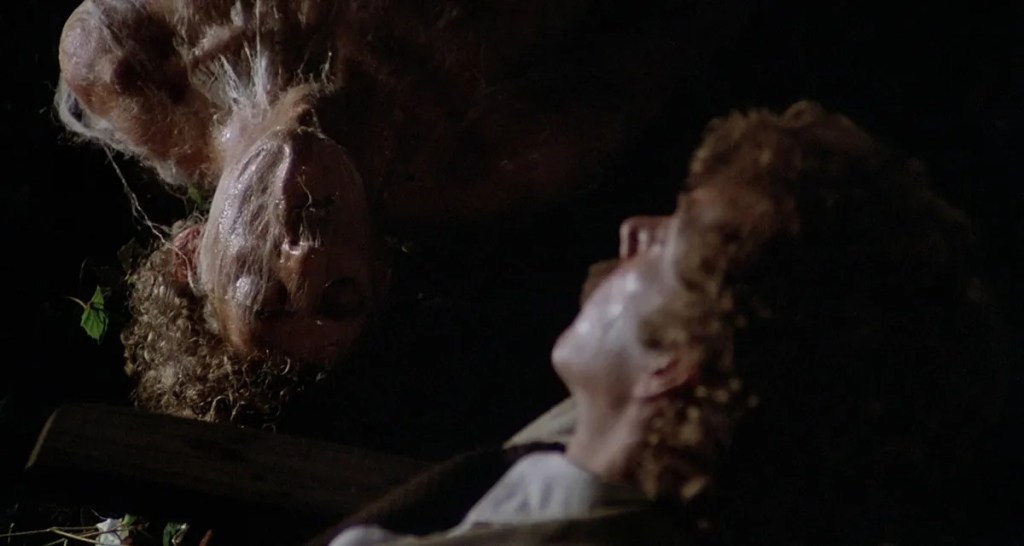Jack Finney’s The Body Snatchers is a powerful use of sci-fi horror that asks the most dreadfully delectable question; Who can you trust?
It’s a question answered in multiple adaptations, from Don Seigel’s classic 1956 version to the dreadful 2007 reimagining The Invasion. But one version truly gets the paranoid hysteria of Finney’s question and turns it into a visually arresting nightmare, and Phillips Kaufamn’s 1978 Invasion of the Body Snatchers is that film.
As with most variations on Finney’s story, Invasion of the Body Snatchers tells the tale of a few people stumbling upon the realization that near-perfect copies of themselves are replacing people in their sleep. It’s naturally a difficult thing from there to figure out just how widespread this epidemic is, and very difficult to know who is already not what they seem.
For Kaufman’s version, he moves the action from the small town of Santa Mira to the far more populated San Francisco. Instead of a doctor and his newly-returned old flame, A pair of Health Inspectors (Donald Sutherland and Brooke Adams) are the ones who discover the horrifying truth.

It’s this approach that always makes me see the 1978 version as a sequel rather than a remake. The next logical step for the invasion to work would be to spread faster in a population-dense area before anyone can do anything about it. The ambiguity of the 1956 film’s ending left things a lot more open than the novel, but in both instances, there was room to grow and have it happen all over again elsewhere.
The root danger of the novel’s premise is that even in small-town 50s America, it was all too easy for the pod people to take over the town in short measure. They’re unfeeling, but relentless in their need to survive and ”breed” so they find every way possible to make that happen whilst remaining undetected. In the broader idea of community in a large city, their methods are more fruitful, which is why the ending is so bleak in comparison to the novel and the 1956 movie.
One of the most remarkable feats of Kaufman’s film is that in retrospect, it’s cast is so star-studded it could be a glitzy rhinestone jacket, but it’s the right kind of stars to make Invasion of the Body Snatchers feel as offbeat and unnerving as it is.
Donald Sutherland has the ability to be as believable as an agitated Health Inspector here as he’s able to be a hippie soldier in World War II. His lanky, beleaguered look lends itself well to eccentric everyman roles. This is also why Jeff Goldblum and Leonard Nimoy are perfect for the tone of the movie. Kooky actors that don’t look or sound like traditional leading men. Something that the 1956 version also had with Kevin McCarthy.
Nimoy especially does wonders with this. People naturally see him as somewhat alien due to his most famous logical role, but here, he puts an intriguing spin on that, effectively a more charismatic version of Spock. Lines are blurred as to whether his hacky psychologist is just annoyingly dismissive of speculation or trying to deflect alien intent.

When a character is replicated, the tells are subtle, but distinct enough if you know what to look for. The expressive faces of Sutherland, Adams, Goldblum, et al. convey their humanity sublimely until it’s gone.
On the flipside, humanity is so crucial in displaying the growing frustration and fear with the alien takeover. Nowhere is that more apparent than in the closing moments when Veronica Cartwright’s Nancy loses all hope in one of cinema’s most iconic scenes.
While keeping the growing invasion in the shadows does work well, when Invasion of the Body Snatchers has to show the process of the pod people it’s hypnotic and ugly. The growing pods and their near-finished shapes look exactly like the freakish adult embryos they are, pulsing and writhing in an unsettling manner.
Invasion of the Body Snatchers still maintains its atmosphere of unnerving paranoia and hopeless fear to this day. Much like its pod people are designed to replicate a multifaceted being down to knowledge and history, Kaufman’s film draws from those same sources to create the perfect version of a timeless story.










